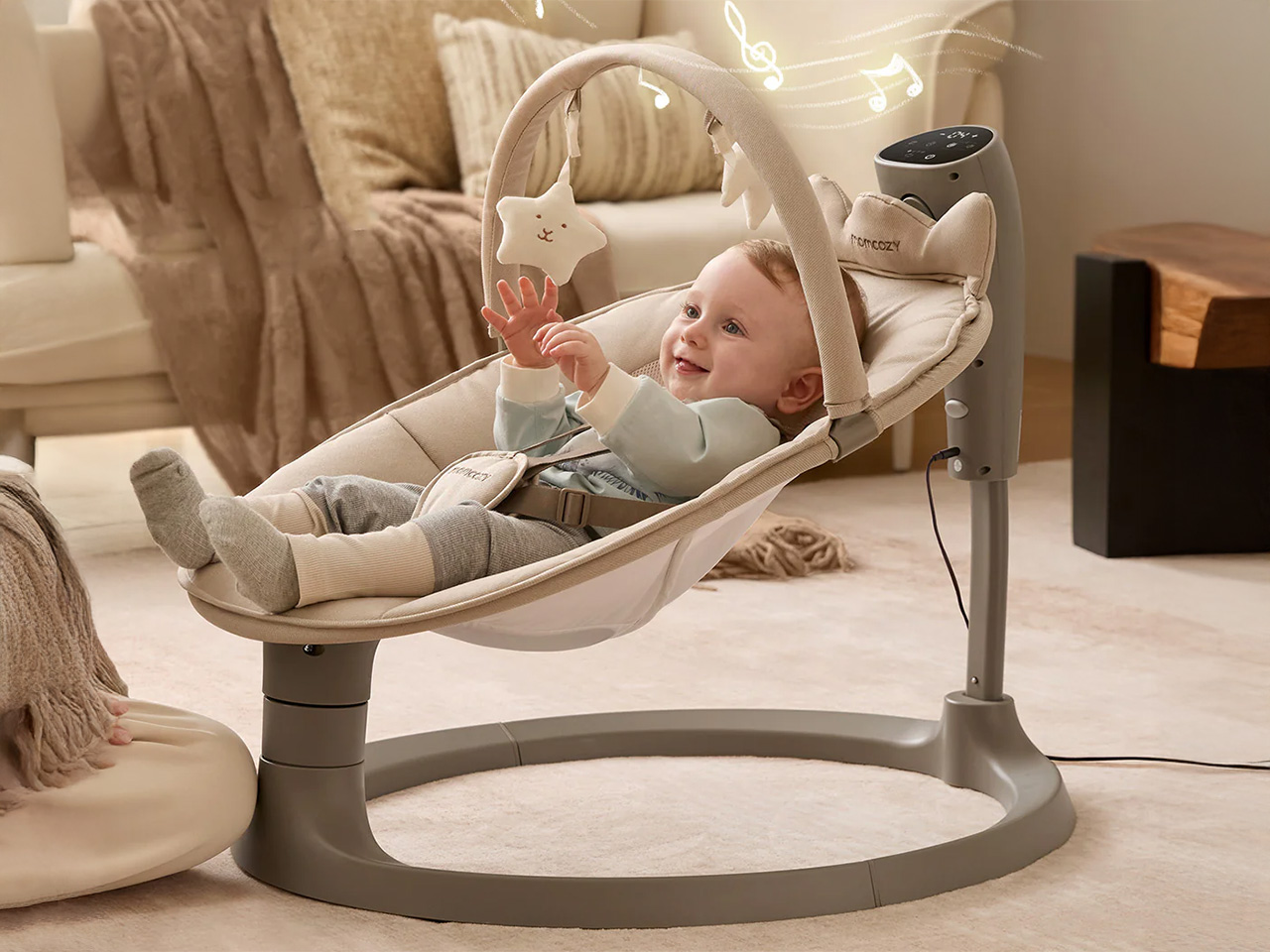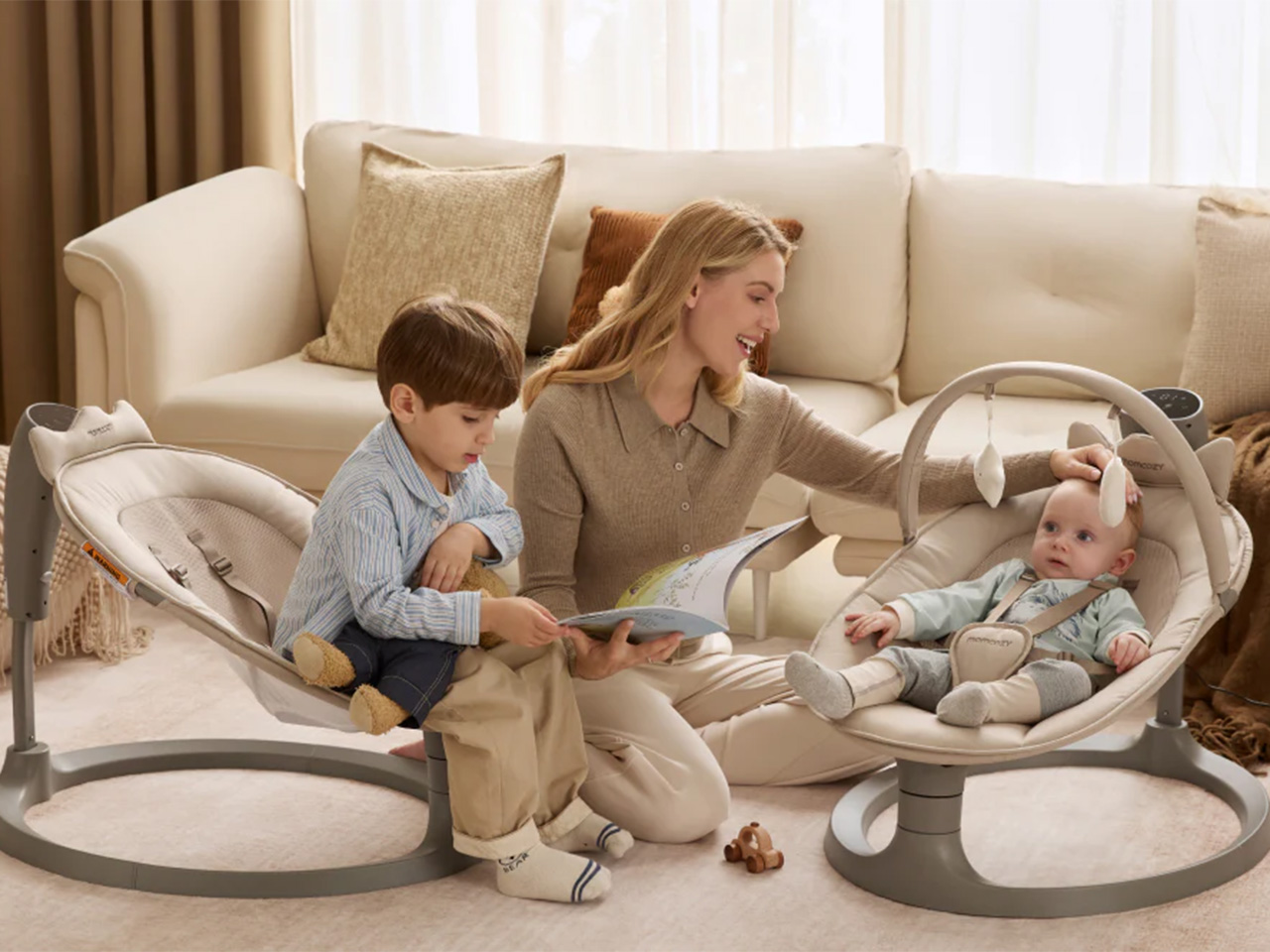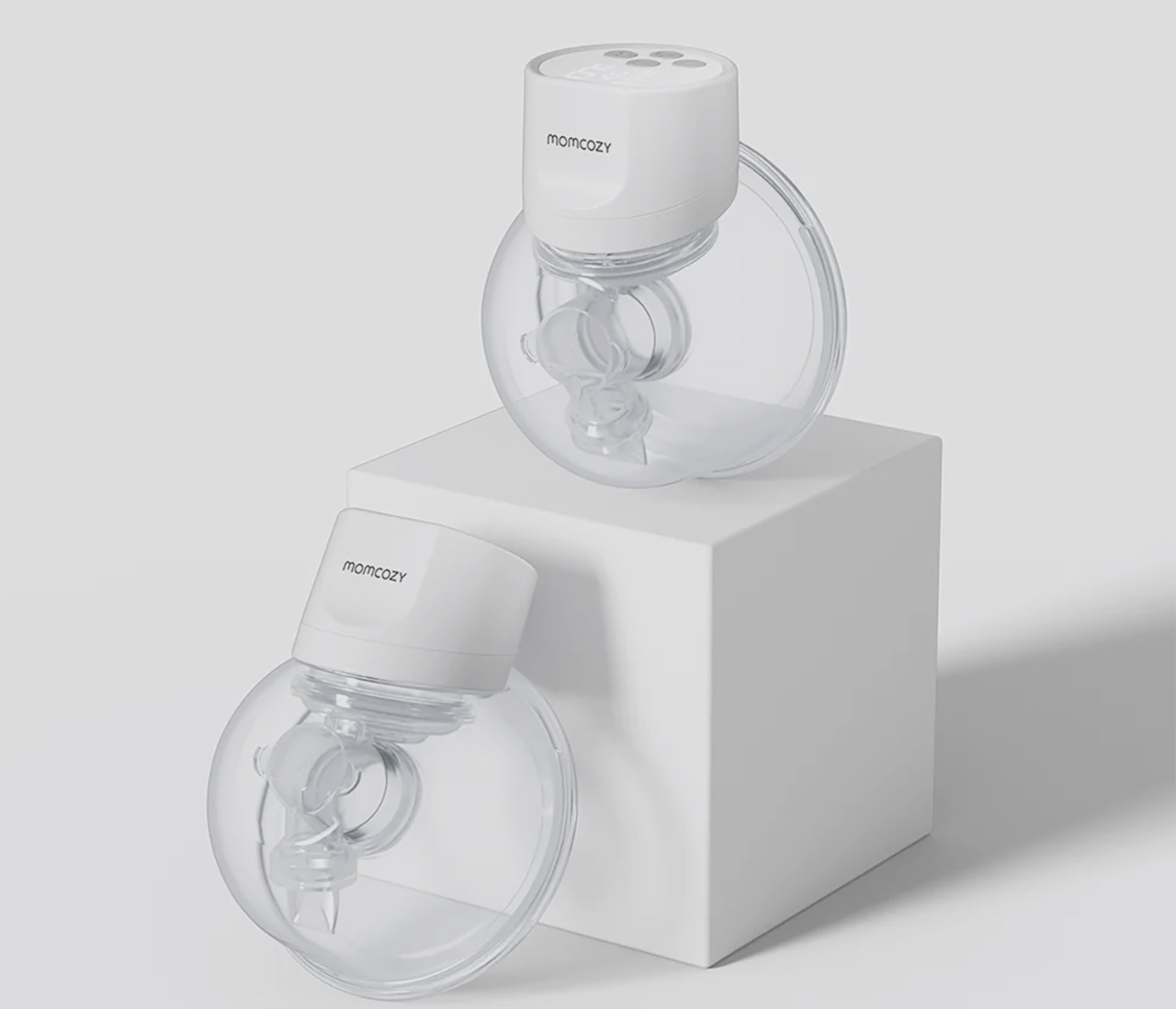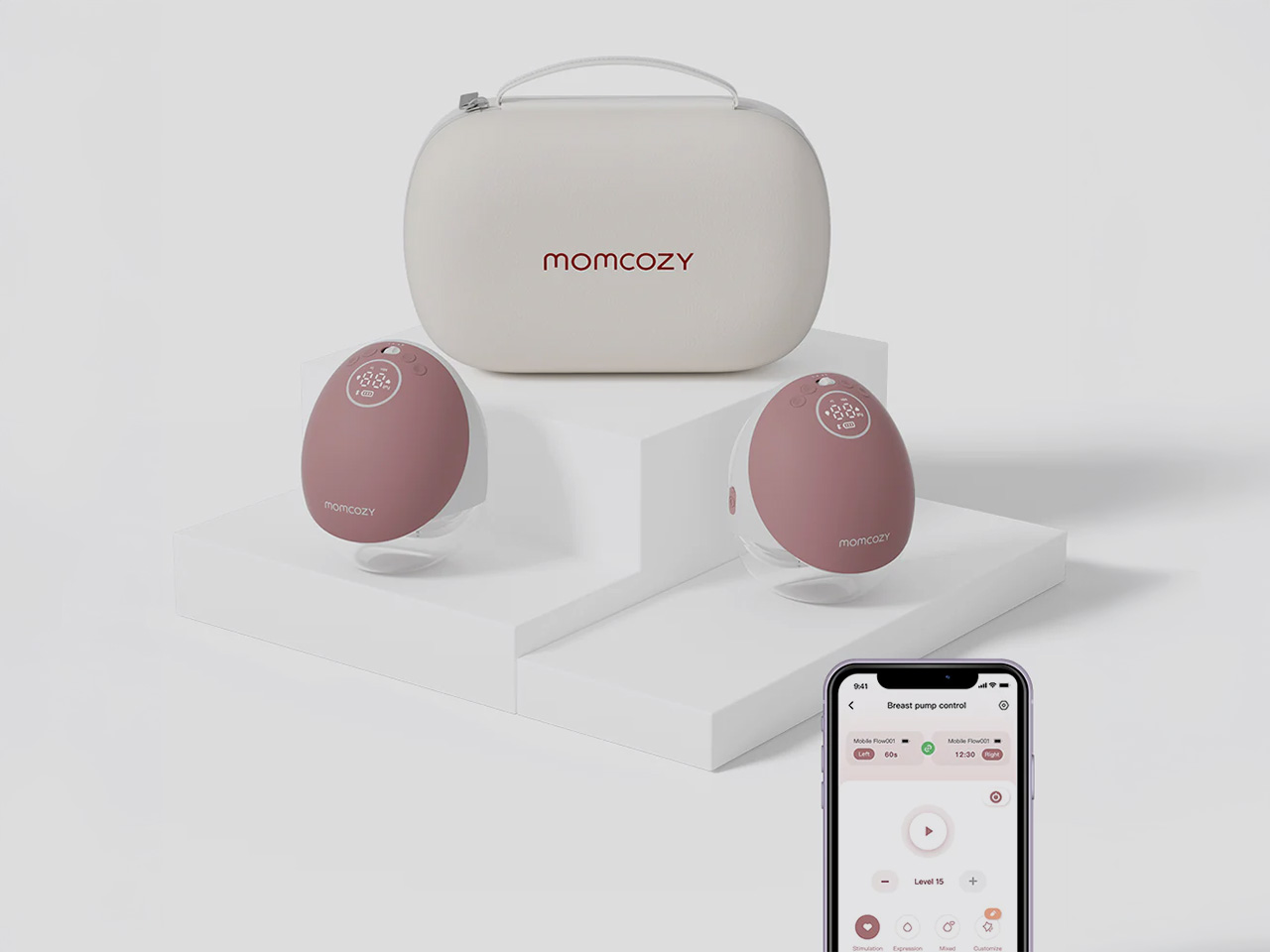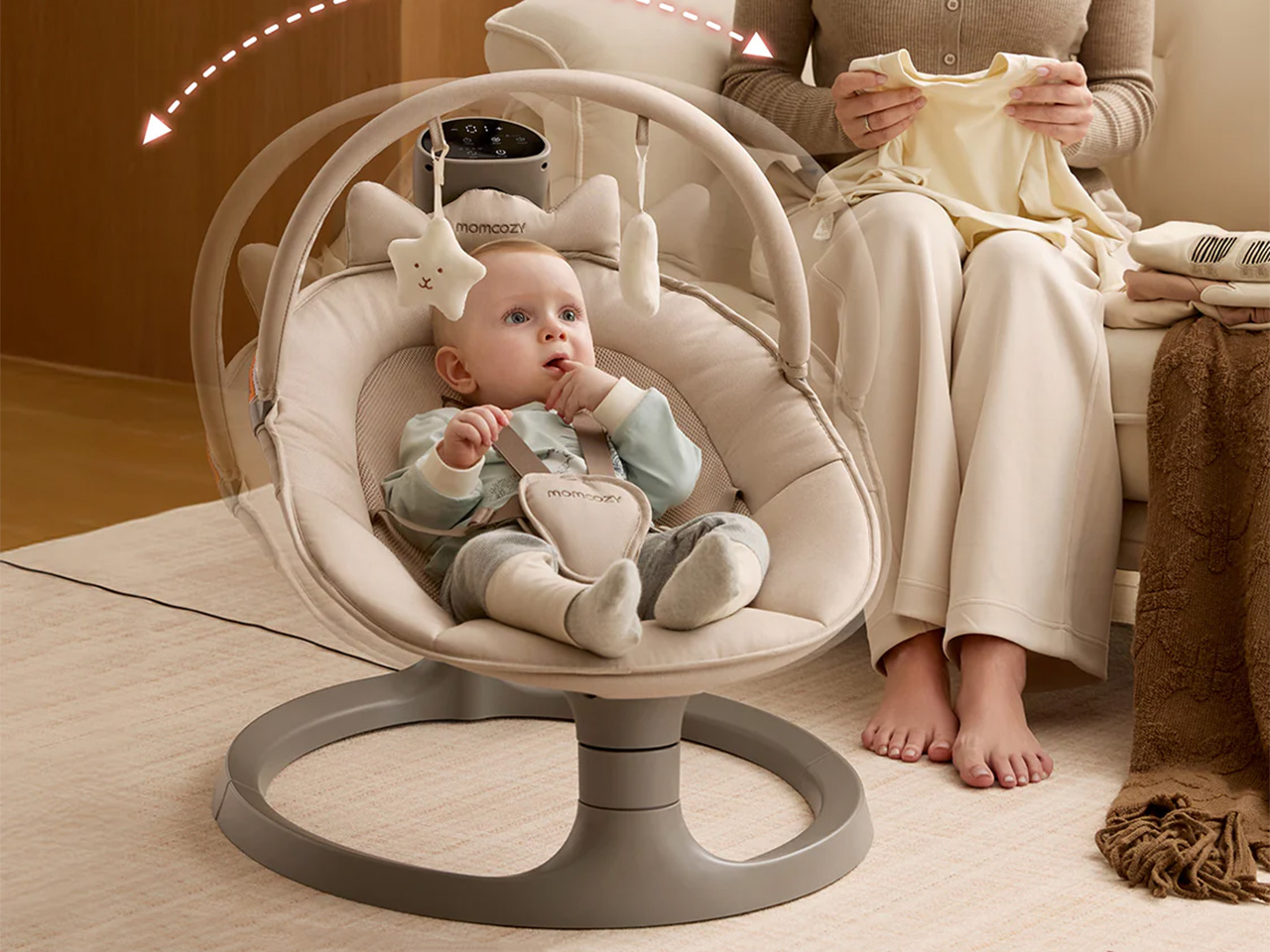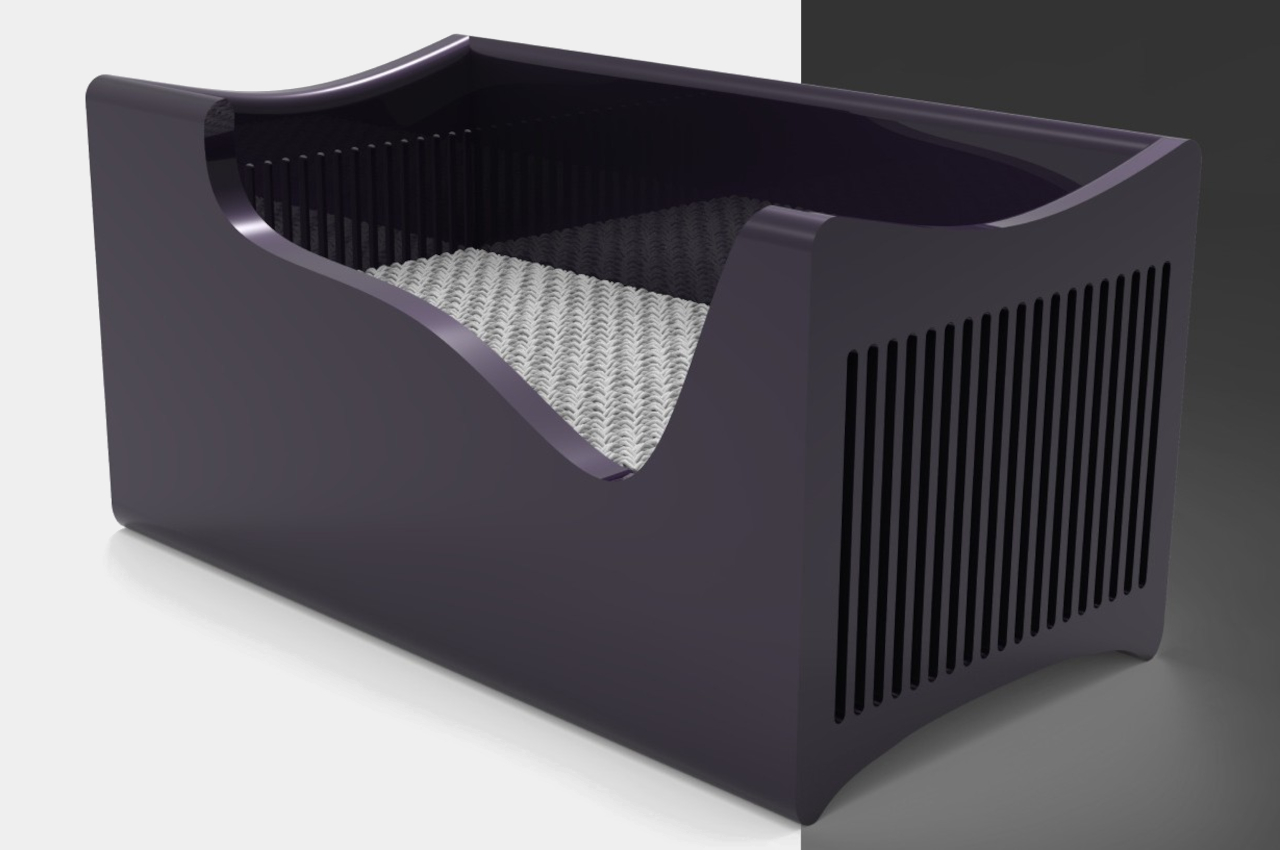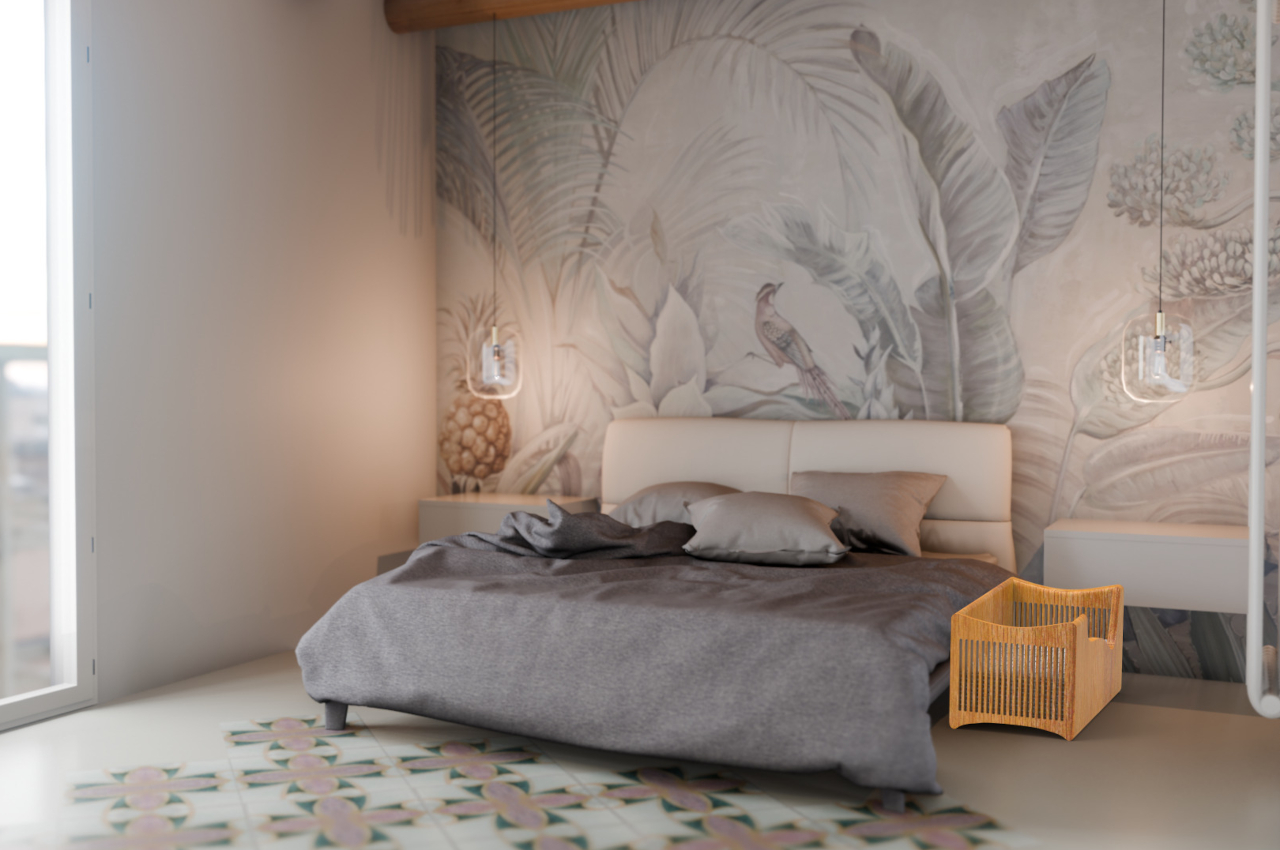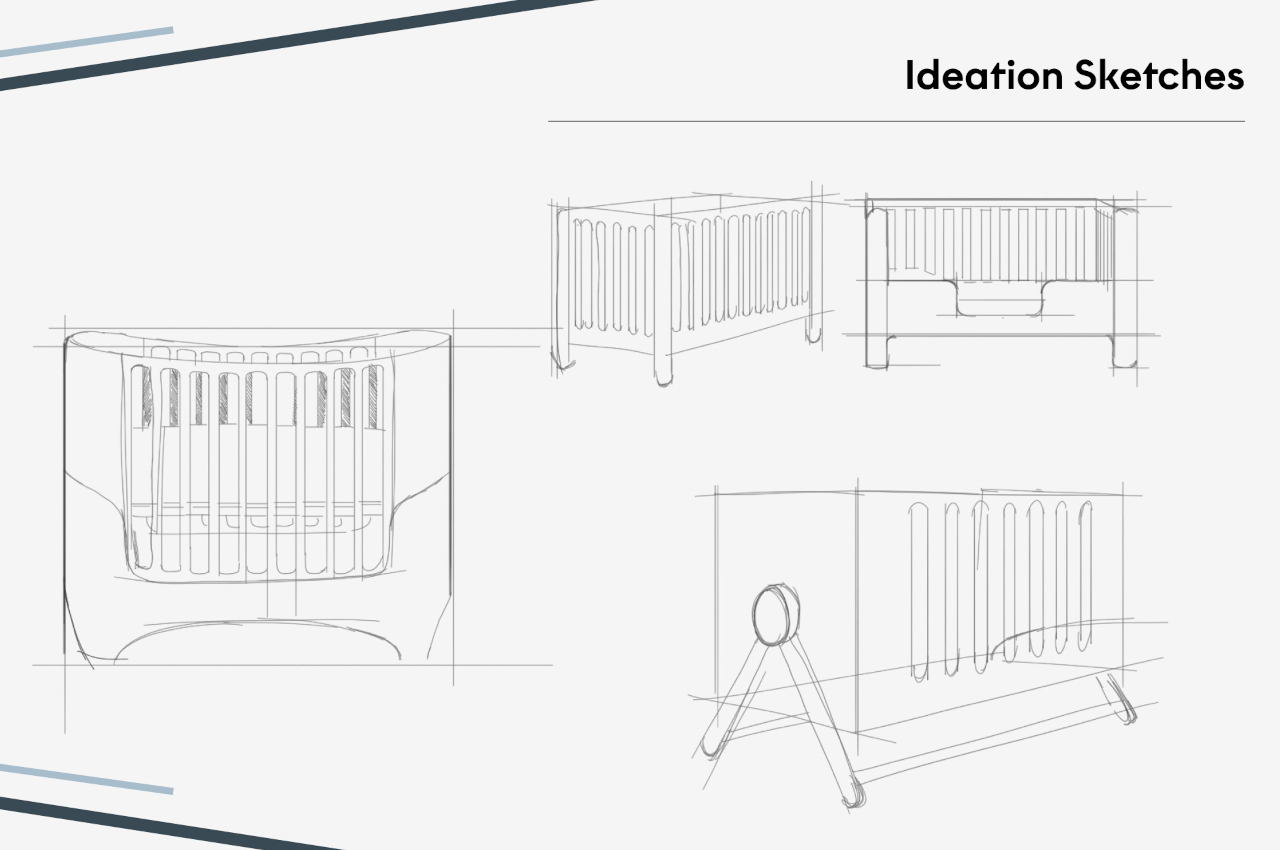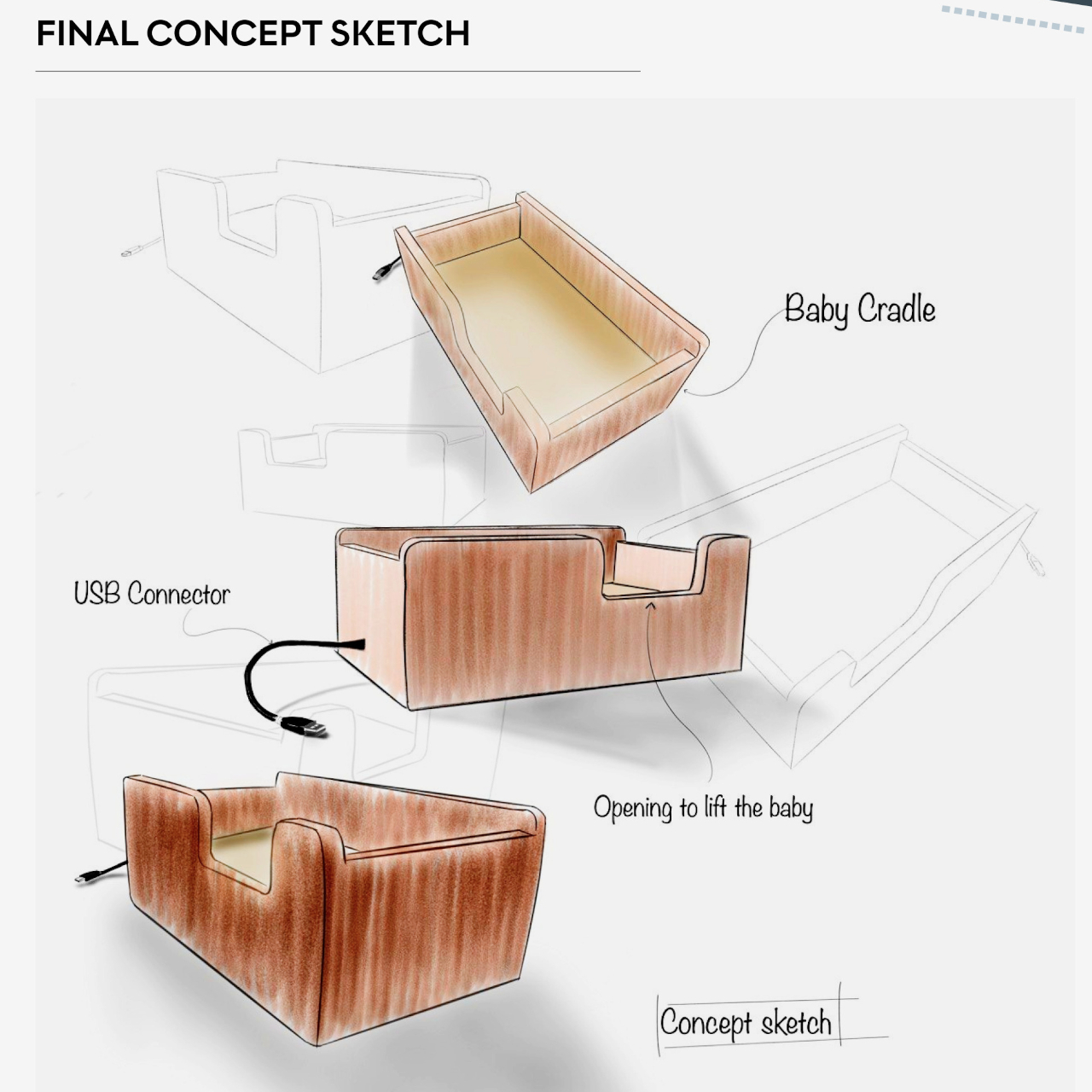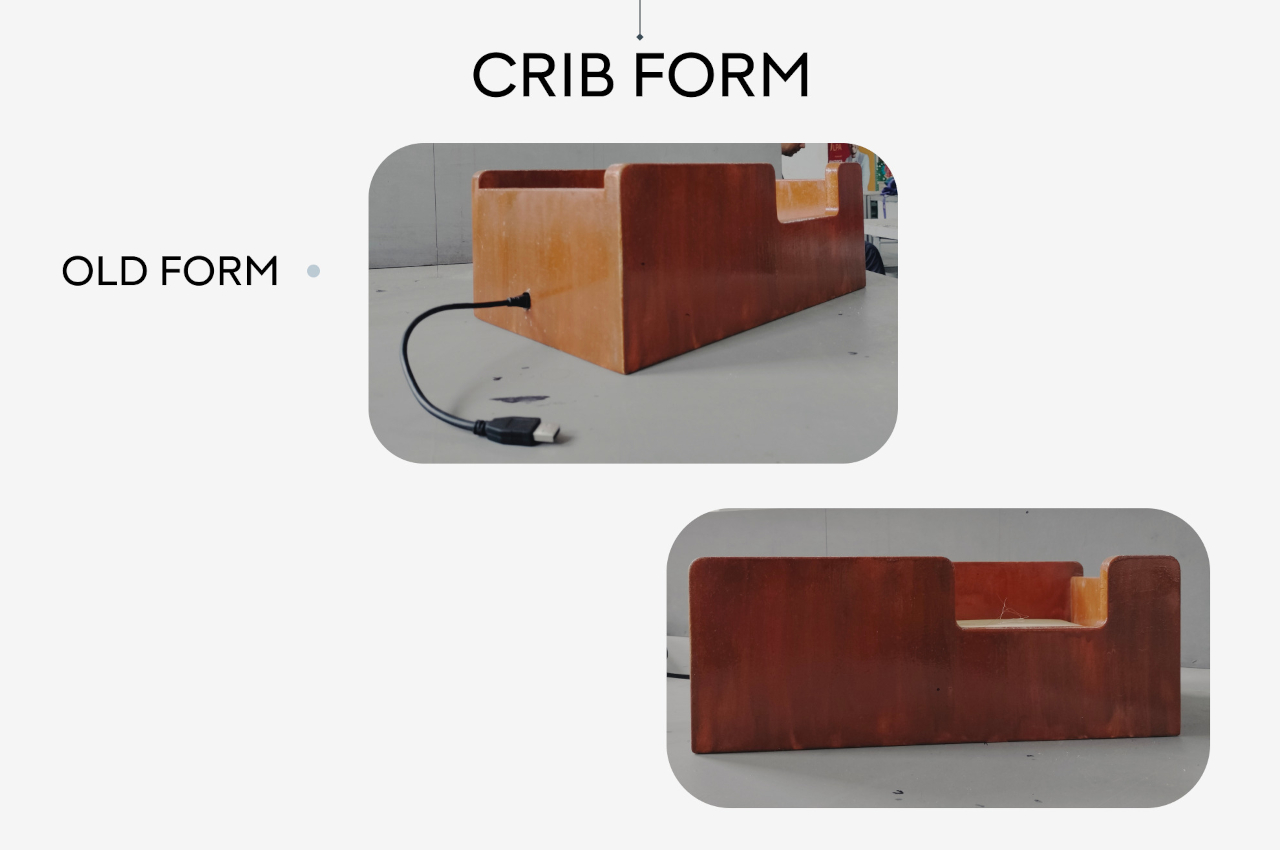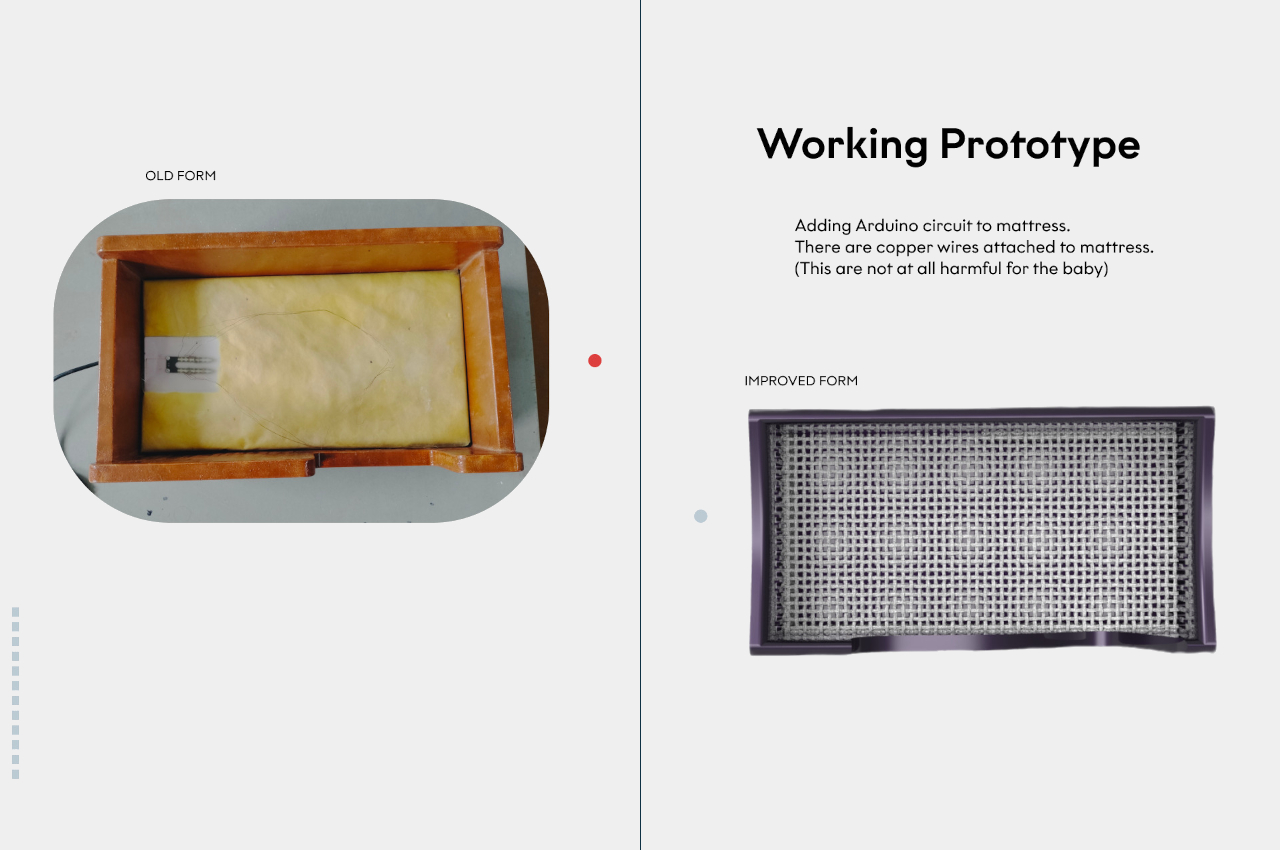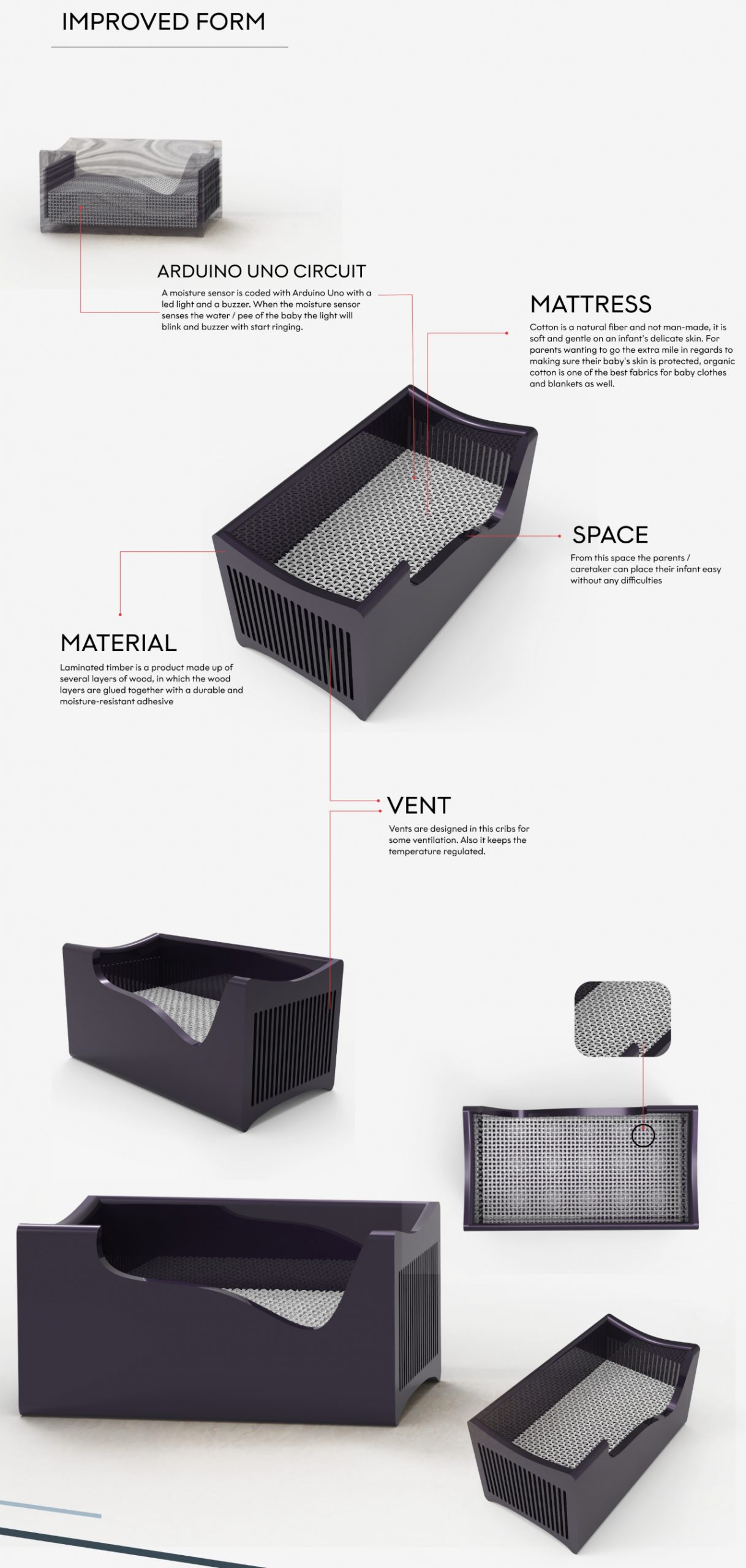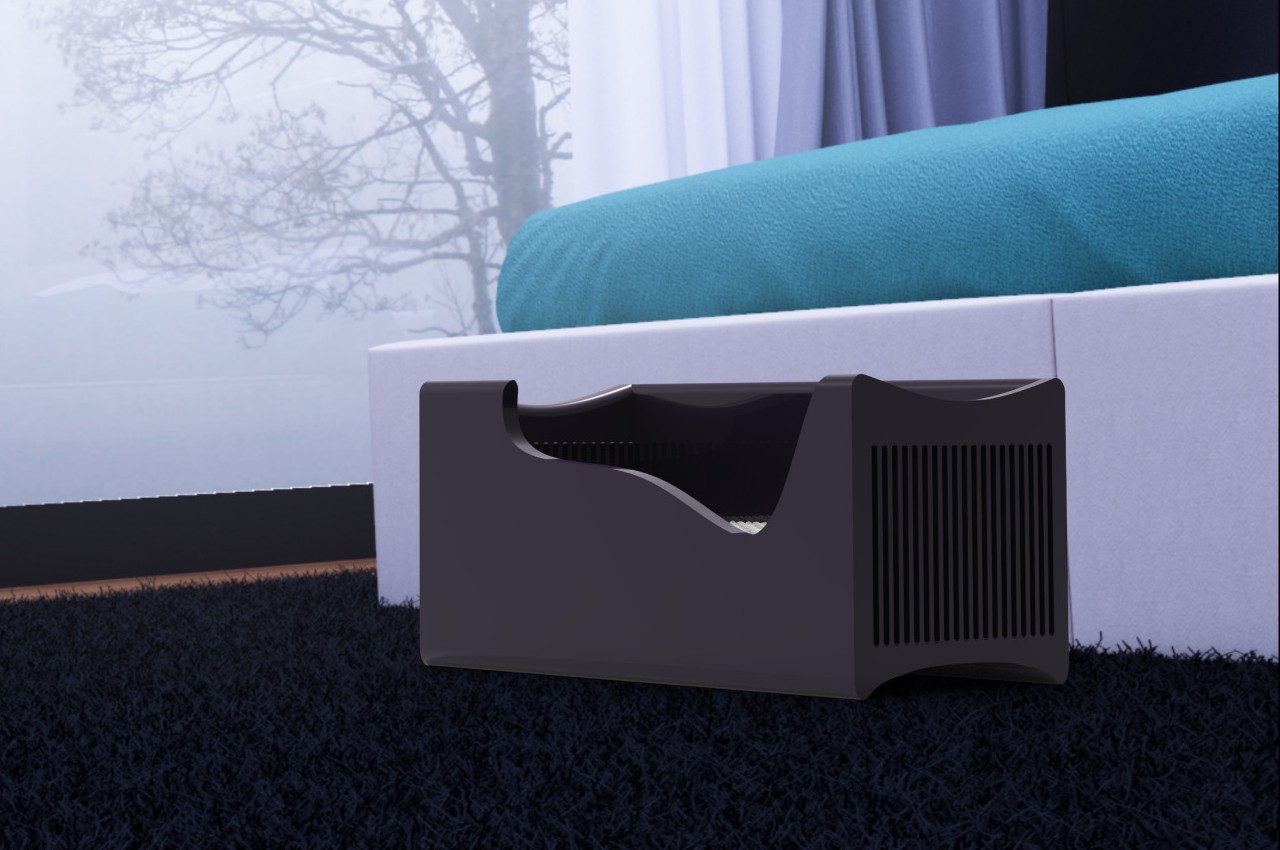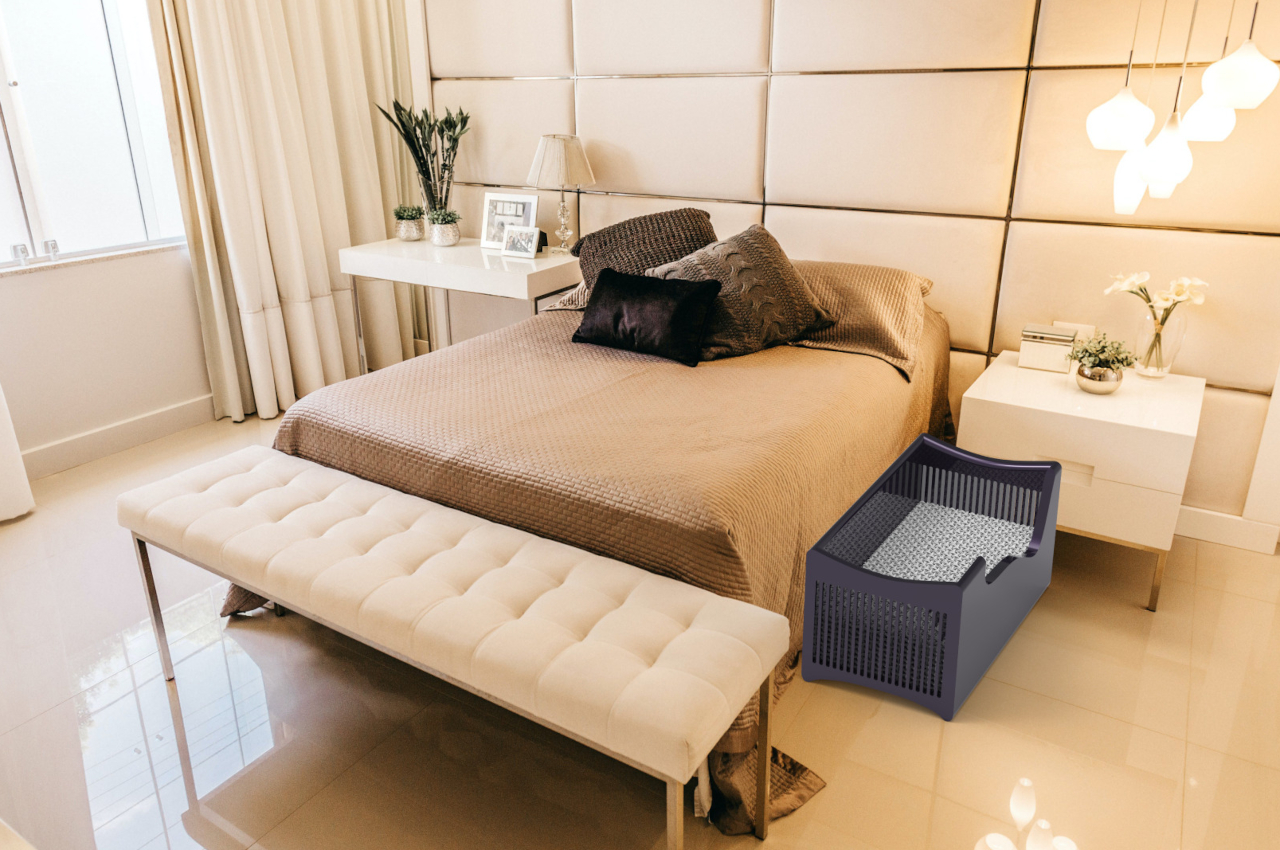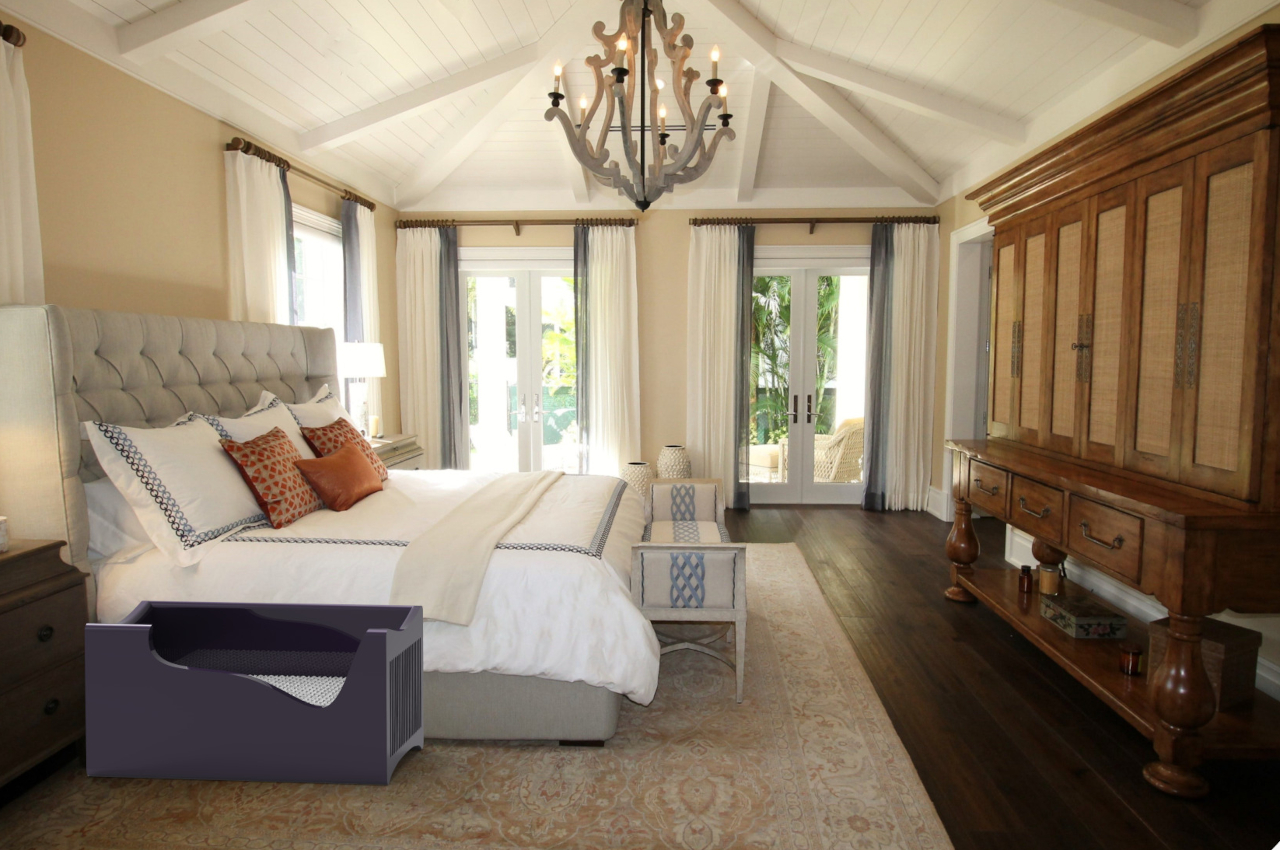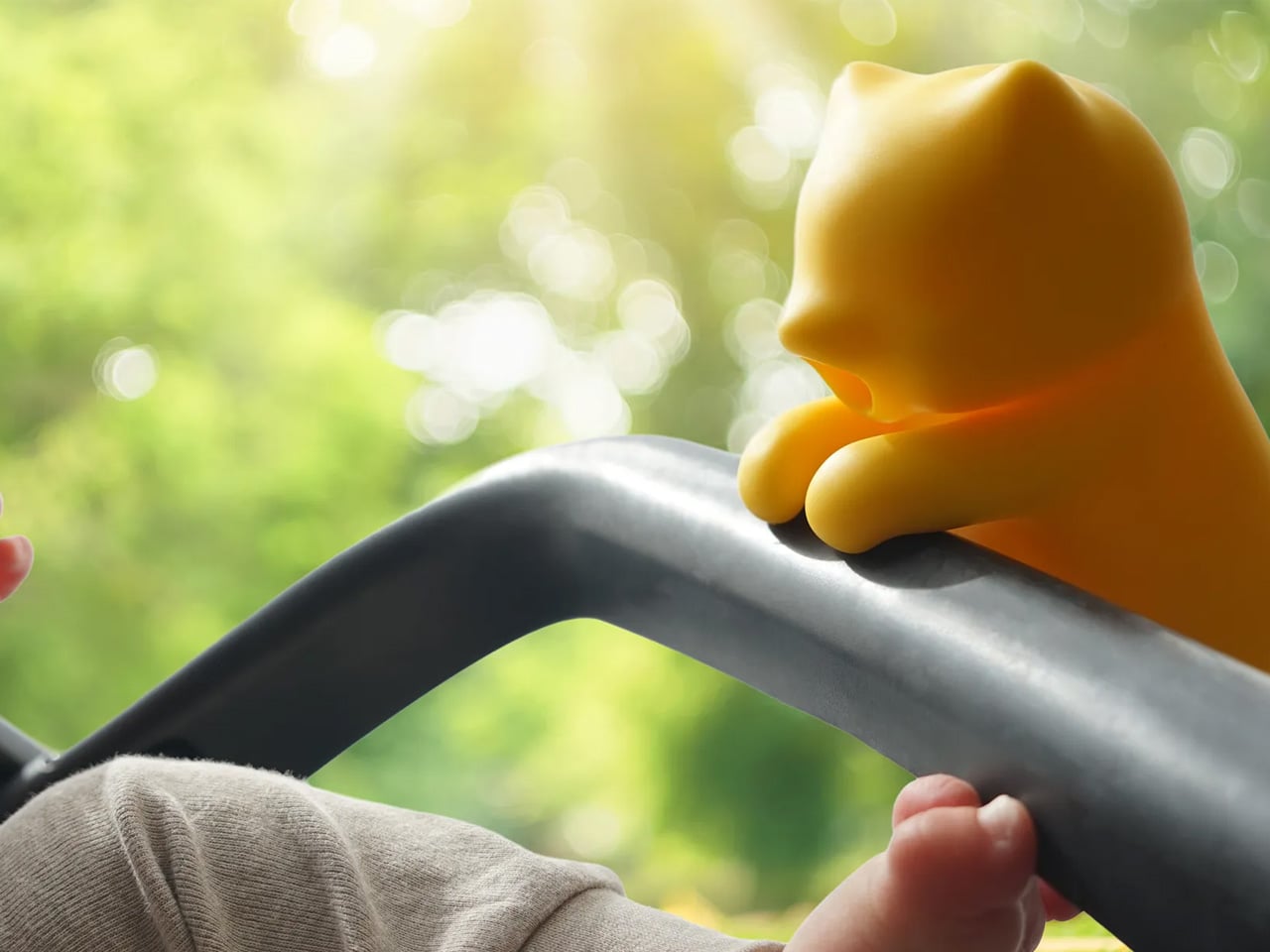
Yukai Engineering has taken an unexpected turn with its latest robotics innovation. The Tokyo-based startup unveiled Baby FuFu at CES 2026, a portable fan robot designed specifically for babies and toddlers. This isn’t just another tech gadget—it’s a thoughtful response to parent feedback and a clever evolution of the company’s existing product line.
Baby FuFu is essentially a supersized version of Yukai’s popular Nékojita FuFu, the drink-cooling robot that captured attention at previous tech shows. While the original FuFu helped people cool their coffee and soup, this new iteration doubles the size to create a child-friendly cooling companion. The robot is expected to launch in mid-2026 with a price tag between $50 and $60. Safety sits at the heart of Baby FuFu’s design. The robot features a specialized “slit plate” inside its mouth that keeps fan blades completely enclosed, protecting curious little fingers from any contact. The internal fan draws air from the bottom and pushes it out through the robot’s mouth, creating a gentle breeze without exposed moving parts.
Designer: Yukai Engineering
The design proves remarkably practical for parents on the go. Baby FuFu’s hands and feet are specially shaped to grip stroller handles securely, offering hands-free cooling during walks or errands. Parents can adjust the robot’s angle to direct airflow exactly where it’s needed, whether that’s a child’s face during a hot afternoon or creating a gentle breeze during naptime. Three airflow strength modes provide flexibility for different situations and temperatures.
According to Shunsuke Aoki, CEO of Yukai Engineering, the product emerged organically from customer experiences. Parents reported that their children loved playing with the original Nékojita FuFu, pretending to fan their faces and blow-dry their hair. Many customers explicitly requested a fan version, leading the team to develop a robot that makes personal cooling fun while addressing the serious concern of heat stroke in young children.
This launch represents Yukai Engineering’s continued commitment to creating robots that blend functionality with joy. The company has earned recognition across the industry, including a spot in TIME magazine’s Best Innovations of 2025 for the original Nékojita FuFu and CES 2023 Innovation Awards for other products in its lineup.
Baby FuFu exemplifies a growing trend in consumer robotics where practical solutions meet playful design. Rather than creating intimidating technology, Yukai Engineering crafts approachable devices that integrate seamlessly into daily life. The robot transforms a mundane necessity—keeping children cool—into an engaging experience that parents and kids can enjoy together.
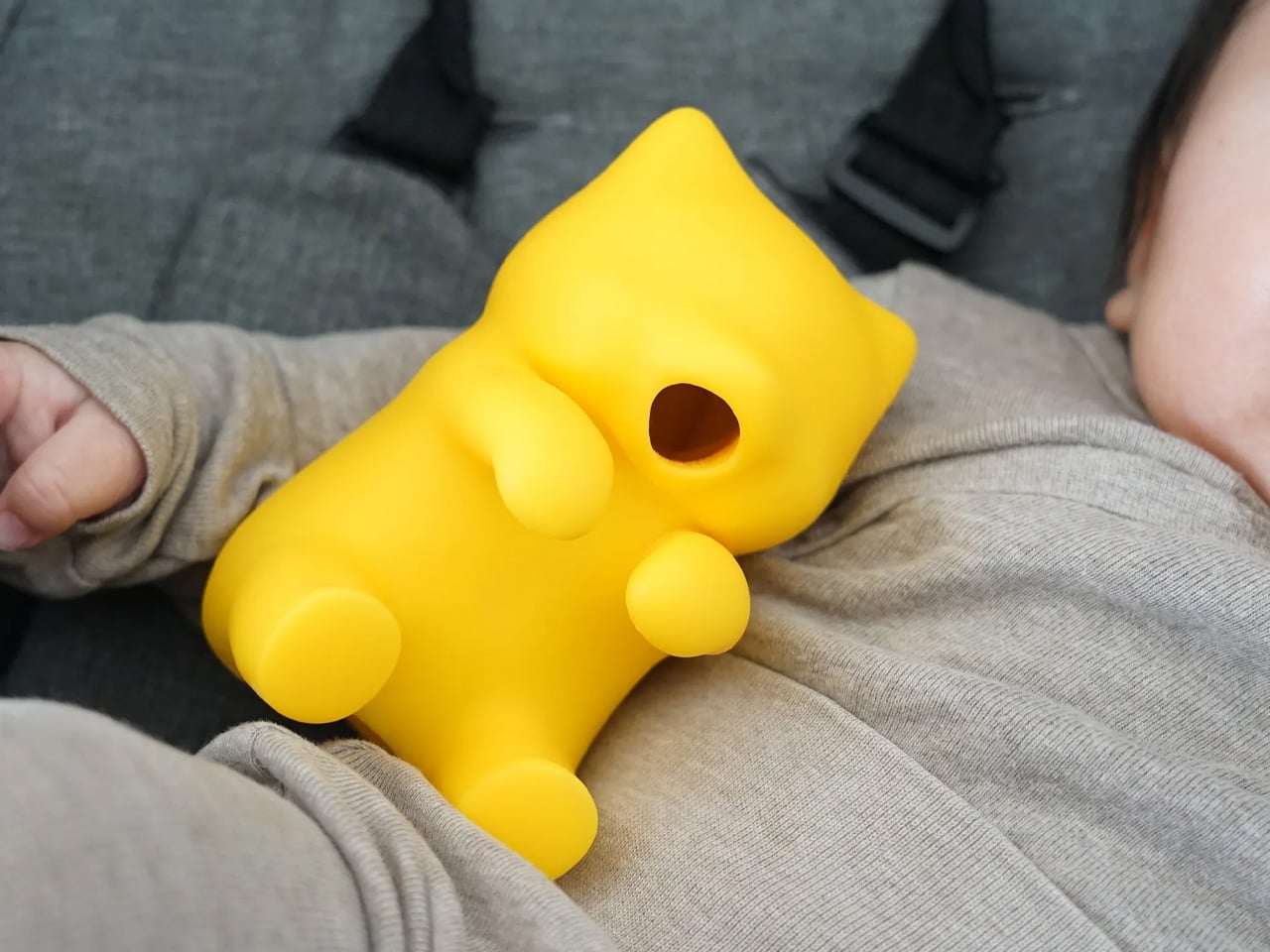
The post This Adorable Robot Fan At CES 2026 Keeps Kids Cool and Safe first appeared on Yanko Design.
